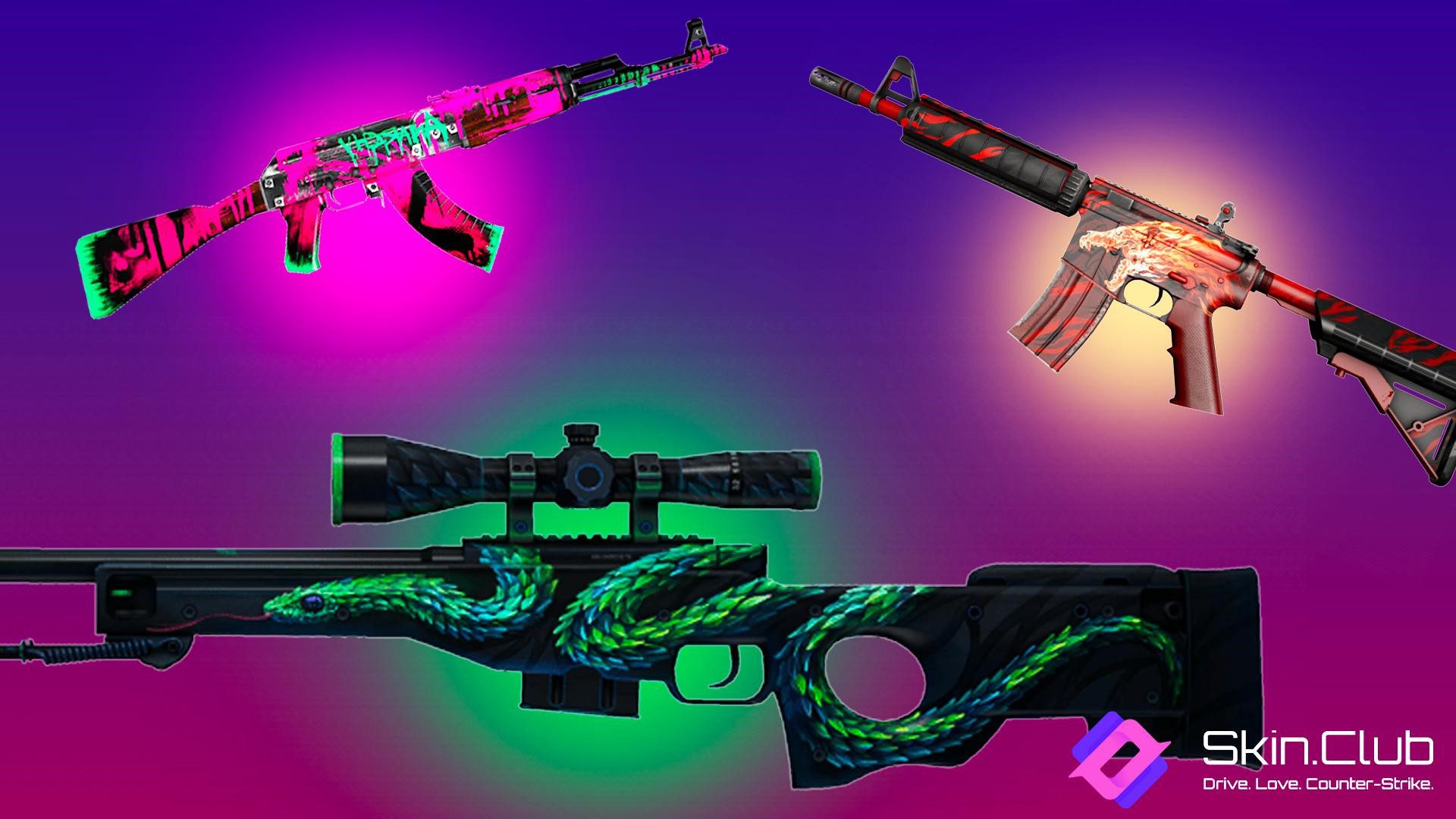Microtransactions have become a ubiquitous element in the modern video gaming landscape, subtly weaving their way into the fabric of our digital entertainment experiences. Counter-Strike: Global Offensive (CS:GO), a prominent multiplayer first-person shooter developed by Valve and Hidden Path Entertainment, exemplifies this trend. Within the confines of this high-stakes tactical battleground, players can engage in the purchase, trade, and sale of aesthetic virtual items known as ‘skins’.
CS:GO’s skins do not confer gameplay benefits; instead, they offer cosmetic alterations to players’ weapons or characters, serving as a symbol of status, achievement, or personal expression. The game has thus created a thriving marketplace for these items, contributing significantly to the emergence and development of the microtransaction-based economic model in the gaming world.
The intersection of gaming with real-world economics, as seen in the CS GO skins market, has ushered in a new era of monetization strategies. This has not only changed how games are developed and distributed but also how they are experienced by players. But the growth of this phenomenon is not without its complexities and controversies.
Evolution of Microtransactions
The genesis of microtransactions can be traced back to the early days of online gaming. Originally, they served as minor enhancements or shortcuts, a way for players to personalize their gaming experience or progress faster. Over time, these innocuous purchases have evolved into a vital revenue stream for game developers and publishers, underpinning the viability of countless titles.
In games like CS:GO, the sale of skins epitomizes this shift. Instead of being mere vanity items, these skins have become sought-after commodities, traded for real money in an active marketplace. This commodification of digital assets has given rise to a new dynamic between players and games, where the former become consumers in a digital economy.
Microtransactions, such as the purchase of CS:GO skins, have significantly altered the revenue models of video games. Rather than relying solely on initial game sales, developers now have a continuous, often unpredictable, stream of income that can fund ongoing development and support for their titles. This shift has had a profound impact on the industry, changing how games are developed, marketed, and maintained.
The CS:GO Skins Marketplace

The marketplace for CS:GO skins is a fascinating example of emergent player-driven economics. At its core, it is a platform for the trade of virtual goods. However, it also functions as a community hub, a social space, and a competitive arena. The appeal of owning rare skins drives players to spend real-world money, turning virtual weapons into highly valued digital artifacts.
A key aspect of the CS:GO skins marketplace’s allure is the psychological satisfaction it offers. Collecting rare items, showcasing them to other players, and turning a profit from clever trades can provide a sense of achievement and social prestige. These feelings can often enhance players’ engagement with the game, encouraging them to invest more time and money.
However, the CS:GO skins marketplace isn’t without its pitfalls. Its workings are often opaque, with fluctuating prices and uncertain odds of obtaining sought-after items. These factors can make the marketplace feel like a high-stakes game of chance, leading to concerns about addiction, irresponsible spending, and unregulated wagering, especially among younger players.
Controversies and Criticisms
The rise of the CS:GO skins marketplace and microtransactions at large has not been without controversy. The most contentious issue is the blurred line between gaming and wagering. The thrill of opening a loot box or making a trade in the hope of getting a rare skin mirrors the mechanics of traditional wagering, raising concerns about potential addiction.
This issue has led to legal battles in various jurisdictions, with some authorities classifying these mechanics as wagering, leading to bans or restrictions. The enforcement of these rulings can be complex, as the digital nature of these transactions often transcends physical borders. The debate continues, with players, developers, regulators, and legal experts struggling to find a common ground.
Another point of contention is the emergence of a secondary market for skins, outside the game’s control. These unregulated markets have been linked to a myriad of illicit activities, including money laundering. Furthermore, they have been associated with scams targeting unsuspecting players, further tainting the reputation of microtransactions and calling for stricter regulation.
The Impact on the Gaming Industry
Microtransactions, particularly the buying and selling of CS:GO skins, have had a profound impact on the gaming industry. One of the most significant effects is the propagation of the ‘free-to-play’ model. By offering the core game for free and monetizing optional in-game content, developers have been able to reach larger audiences and potentially generate greater revenue.
The influence of microtransactions also extends to game design. Developers often need to balance the allure of purchasable content with maintaining fair gameplay. This dynamic can lead to controversial practices like ‘pay-to-win’, where players who spend more money have a clear advantage over those who don’t.
The rise of the CS:GO skins marketplace and other similar microtransaction systems has reshaped the gaming community’s dynamics. It has created a new class of gamers who are as much investors and traders as they are players. It has also brought issues of financial management, consumer rights, and digital ownership to the forefront of the gaming experience.
Future of Microtransactions in Gaming
Looking ahead, microtransactions are likely to continue playing a key role in the gaming industry. Emerging trends like blockchain-based games promise to further blur the line between gaming and digital economies. However, the controversies and criticisms surrounding the practice may prompt more oversight and regulation.
The future may also see developers innovating new ways to incorporate microtransactions. This could involve making them more transparent, fair, and optional, to balance profitability with player satisfaction. Additionally, there may be an increased emphasis on educating players about responsible spending to mitigate some of the controversies associated with microtransactions.
Regulation is another key aspect of the future of microtransactions. As legal authorities catch up with the rapid advancements in gaming technology and practices, there is potential for new laws and regulations to shape the future of microtransactions. This could result in a safer and more fair environment for players, while still allowing developers to monetize their games effectively.
Conclusion
Microtransactions and the CS:GO skins marketplace have undeniably reshaped the gaming industry, transforming how games are developed, monetized, and played. While these changes have brought about significant benefits, they have also ushered in a host of challenges and controversies.
As we navigate this intricate intersection of gaming and economics, it is crucial that the industry adopts responsible practices that balance profitability with player welfare. Equally important is the role of regulation, to ensure fair and safe practices in an industry that is as much a part of the global economy as it is a source of entertainment.












